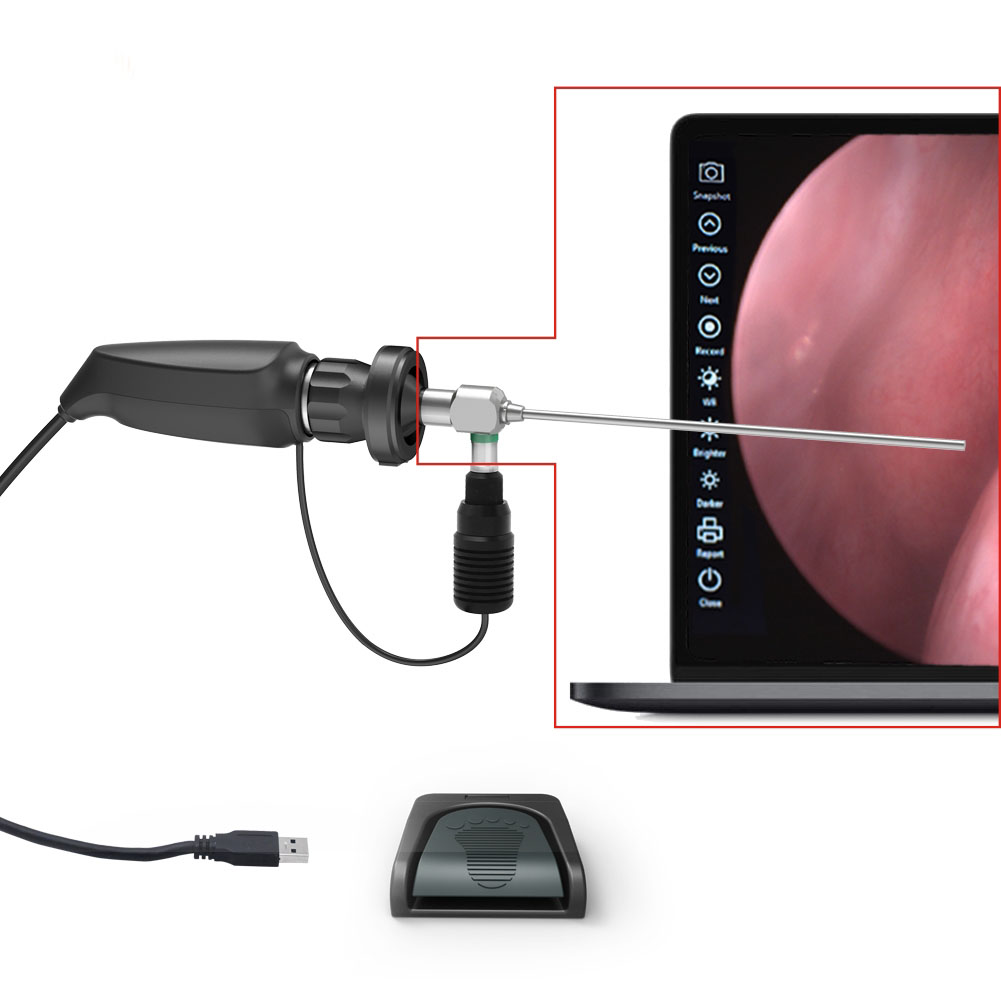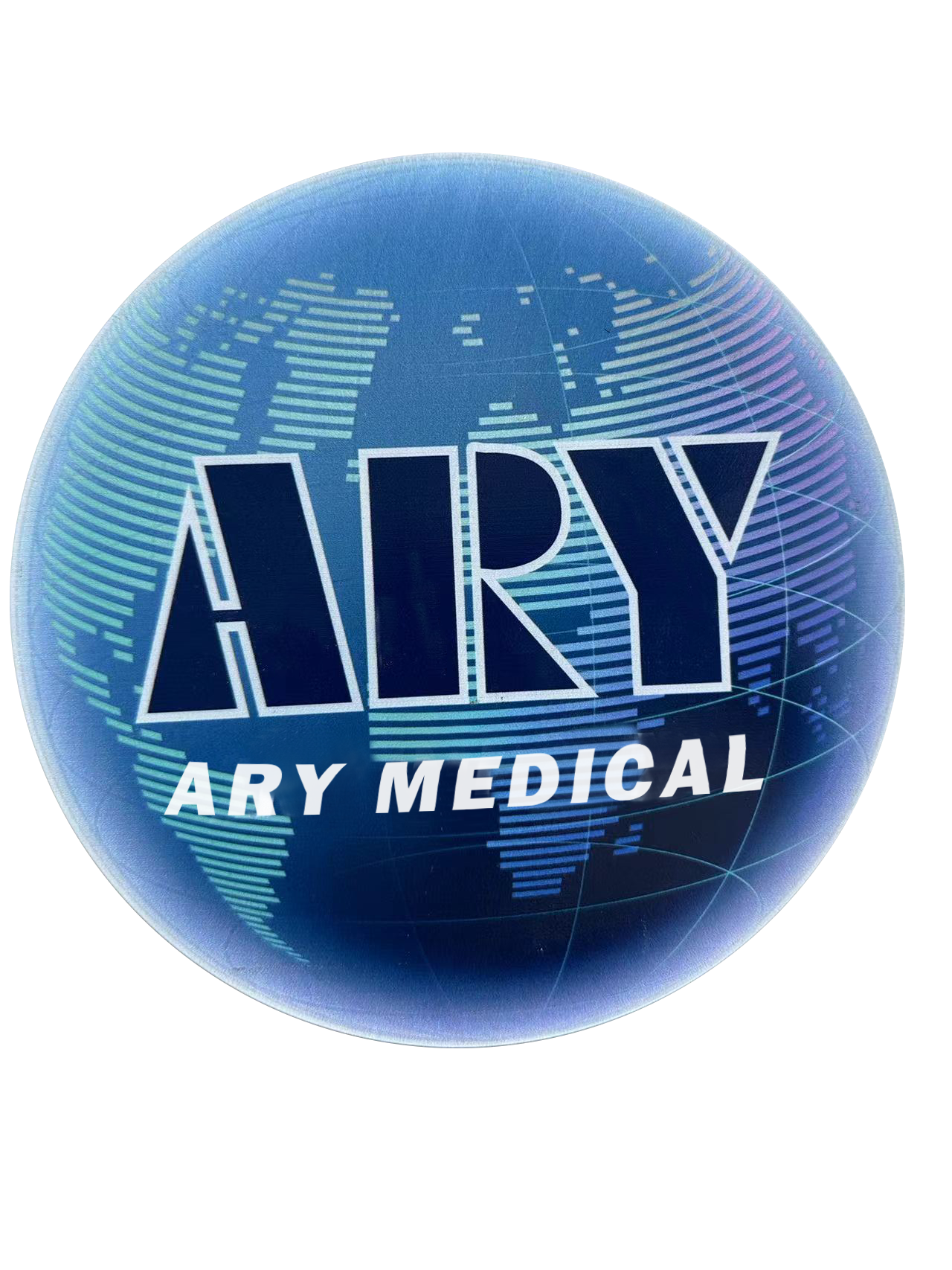In the intricate world of modern medicine, the tools a professional wields can mean the difference between precision and error, success and setback. Among these indispensable instruments, the endoscope stands as a beacon of technological brilliance, quietly revolutionizing medical diagnostics and surgeries across the globe. But with countless models, features, and advancements flooding the market, how do you sift through the noise to find the perfect medical endoscope?
The truth is, choosing an endoscope isn’t just about picking equipment—it’s about empowering expertise. It’s about ensuring every detail, every texture, every subtle hue within the human body is illuminated with unparalleled clarity. Whether you’re a seasoned surgeon seeking the pinnacle of innovation or a clinic investing in dependable endoscopic functionality, the secret to success lies in understanding what truly matters in an endoscope. This guide will demystify the process, offering insights that can redefine your decision-making and elevate your practice. Let’s dive in.
Why Choosing the Right Endoscope Matters
In medicine, precision isn’t a luxury—it’s a necessity. The right endoscope acts as an extension of the clinician’s vision, unveiling details that the naked eye could never detect. A high-quality endoscopic camera doesn’t just offer superior imaging; it transforms the way diagnoses are made, surgical procedures are performed, and patient outcomes are achieved.
Consider this: an endoscope equipped with advanced optics and ergonomic design can reduce procedure times, minimize patient discomfort, and enhance the accuracy of findings. On the other hand, a poorly chosen device can lead to frustration, misdiagnoses, or even costly complications. It’s not just a tool; it’s a cornerstone of trust between the practitioner and their patient.
With advancements like 4K resolution, AI-assisted imaging, and compact, lightweight designs, the market is brimming with options—but not all are created equal. Choosing the right endoscope means looking beyond flashy features to understand how each component contributes to functionality and reliability. This section will highlight the transformative impact of selecting the perfect endoscopic device and why it’s a decision that deserves your full attention.
What Is an Endoscope?
At its core, an endoscope is a medical device used to view the inside of a body cavity or organ. A long, flexible tube with a light and camera at the end, it allows doctors to diagnose, monitor, and treat a wide range of medical conditions without the need for invasive surgery. It’s the key to minimally invasive procedures, reducing recovery time and increasing precision in everything from gastrointestinal to orthopedic surgeries.
But while the basic concept of an endoscope remains the same, the technology behind it has evolved significantly. Today’s endoscopes are far more than just tubes with lights—they are sophisticated instruments with high-definition imaging, flexible capabilities, and even real-time data processing. Understanding how these devices function is essential for anyone in the healthcare industry looking to make informed decisions about their endoscope equipment.
Key Components of an Endoscope Explained
Every endoscope is made up of several integral components that work together seamlessly to provide high-quality visuals and enable precise procedures. Here’s a breakdown of what makes these devices tick:
1. The Insertion Tube
This is the main body of the endoscope, often flexible, designed to navigate the body’s twists and turns. The material it’s made of, along with its size, plays a pivotal role in its performance.
2. The Light Source
Endoscopes require bright, clear light to illuminate the internal structures being examined. Advances in LED and fiber-optic technology have made this component more efficient and reliable than ever before.
3. The Camera
A high-resolution camera captures the images from inside the body, transmitting them to a monitor. The camera’s resolution is critical for detecting subtle abnormalities and providing clear, actionable information.
4. The Eyepiece or Monitor
Older models used eyepieces for doctors to directly view the images. Today, however, most endoscopes are linked to a digital monitor, offering enhanced clarity and real-time imaging during medical procedures.
5. Control Knob/Handles
Used to manipulate the insertion tube, the controls are essential for maneuvering the device accurately. Ergonomically designed handles can reduce hand fatigue, especially during long surgeries.
Understanding these components will help you choose the endoscope that best suits your needs and ensures superior performance in critical situations.
Types of Endoscopes: Which Is Better for Your Needs?
While all endoscopes serve a similar purpose, there are several different types, each suited to specific procedures and medical fields. Understanding the differences can help you select the most appropriate one for your practice.
1. Flexible Endoscopes
Used in most medical fields, including gastrointestinal, respiratory, and urology, flexible endoscopes have the ability to bend and maneuver through the body’s natural pathways. Their versatility makes them indispensable for a variety of diagnostic and therapeutic applications.
2. Rigid Endoscopes
Typically used in orthopedic and laparoscopic surgeries, rigid endoscopes are more robust and offer superior stability for precision-focused procedures. Though not as flexible as their counterparts, they often provide clearer visuals in certain environments.
3. Capsule Endoscopes
A relatively new addition to the endoscope family, capsule endoscopes are swallowed by the patient and travel naturally through the digestive system, capturing images along the way. They are ideal for diagnosing conditions in the small intestine that are hard to reach with traditional endoscopes.
4. Robot-Assisted Endoscopes
In cutting-edge surgeries, robot-assisted endoscopes are used to provide unmatched precision, allowing surgeons to operate with greater dexterity and less physical strain. These systems integrate robotic arms with high-definition cameras to enhance surgery accuracy.
Choosing the right type depends on your practice area, the procedures you regularly perform, and your preference for flexibility, precision, and ease of use.
Essential Features to Look For
When selecting an endoscope, there’s a range of features to consider that can make a significant difference in both the device’s functionality and your overall user experience. Here’s what to look for:
1. Image Quality
Resolution is everything. The clarity of the images captured by your endoscope will directly affect your ability to diagnose and treat patients accurately. Look for devices that offer at least Full HD, with 4K being the ideal choice for enhanced detail.
2. Ergonomics and Handling
Endoscopes are often used for long periods of time, so comfort is crucial. Ergonomically designed handles, lightweight structures, and well-placed control buttons reduce hand strain and allow for smoother operation.
3. Durability and Build
Endoscopes are subjected to constant sterilization and handling, so it’s essential to choose a model made from durable materials. Opt for devices with robust construction and those rated for heavy use, ensuring a longer lifespan.
4. Light Source Quality
The lighting system affects image clarity, so choose an endoscope with a high-quality, adjustable light source. LED technology has made great strides in providing consistent, powerful illumination without the need for frequent bulb replacements.
5. Size and Flexibility
If you perform procedures in tight spaces, a slimmer, more flexible endoscope will offer better maneuverability. Ensure the size of the insertion tube suits the types of procedures you’ll be performing.
Evaluating Brand Options: What to Look for in a Manufacturer
Not all endoscope manufacturers are created equal. When evaluating brands, consider the following:
1. Reputation and Experience
Opt for endoscope brands with a proven track record in the industry. Brands with years of experience are more likely to offer durable, reliable products.
2. Warranty and Support
A good warranty can provide peace of mind, especially when purchasing expensive medical equipment. Make sure the manufacturer offers robust customer support in case something goes wrong.
3. Innovation and Technology
Top brands invest in the latest technologies to stay competitive. Look for devices that feature cutting-edge imaging, ease of use, and advanced features like wireless connectivity or AI-enhanced diagnostics.
4. Customer Reviews and Testimonials
One of the best ways to gauge the effectiveness of an endoscope is by reading real-world user feedback. Look for reviews that speak to the device’s reliability, ease of use, and image quality.
Maintenance and Care: Prolonging the Life of Your Endoscope
To ensure your endoscope performs at its best, proper maintenance and care are essential.
1. Cleaning and Sterilization
Endoscopes come into direct contact with the body, so they must be meticulously cleaned and sterilized after each use. Follow the manufacturer’s guidelines for proper cleaning protocols to prevent infections and maintain device integrity.
2. Storage Tips
Store your endoscope in a protective case when not in use to prevent damage. Avoid coiling the insertion tube too tightly, as this can cause kinks that impair its functionality.
3. Routine Inspections
Check the device regularly for any signs of wear or damage, including the camera lens and light source. This will help catch any issues before they affect performance.
Common Pitfalls to Avoid
When shopping for an endoscope, it’s easy to get caught up in flashy features and marketing gimmicks. Avoid these common mistakes:
1. Overlooking the Warranty
A comprehensive warranty is essential for protecting your investment. Don’t overlook this part of the purchasing process—it’s often a good indicator of the brand’s confidence in its products.
2. Underestimating the Importance of Ergonomics
Comfort is often overlooked, but it’s crucial for long procedures. Be sure to test the endoscope’s handle and control layout before making a decision.
3. Focusing Too Much on Price
While it’s tempting to go for the cheapest option, remember that quality and durability should be your top priorities. A low-cost device may end up costing you more in the long run due to repairs and replacements.
Conclusion: Making the Right Choice for Your Practice
Selecting the right endoscope is a decision that directly impacts the quality of care you provide to your patients. From image clarity to ergonomic design, every feature should be carefully considered to meet your specific needs. Whether you’re new to endoscopy or looking to upgrade your current setup, understanding the essentials of what makes a good endoscopic device is key to ensuring success in the operating room. By making an informed choice, you’re not just investing in equipment—you’re investing in better outcomes, increased efficiency, and greater patient satisfaction.


